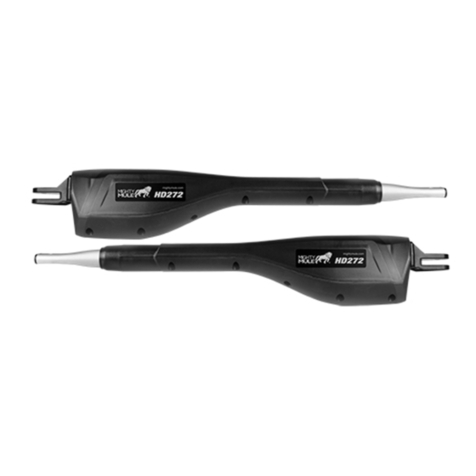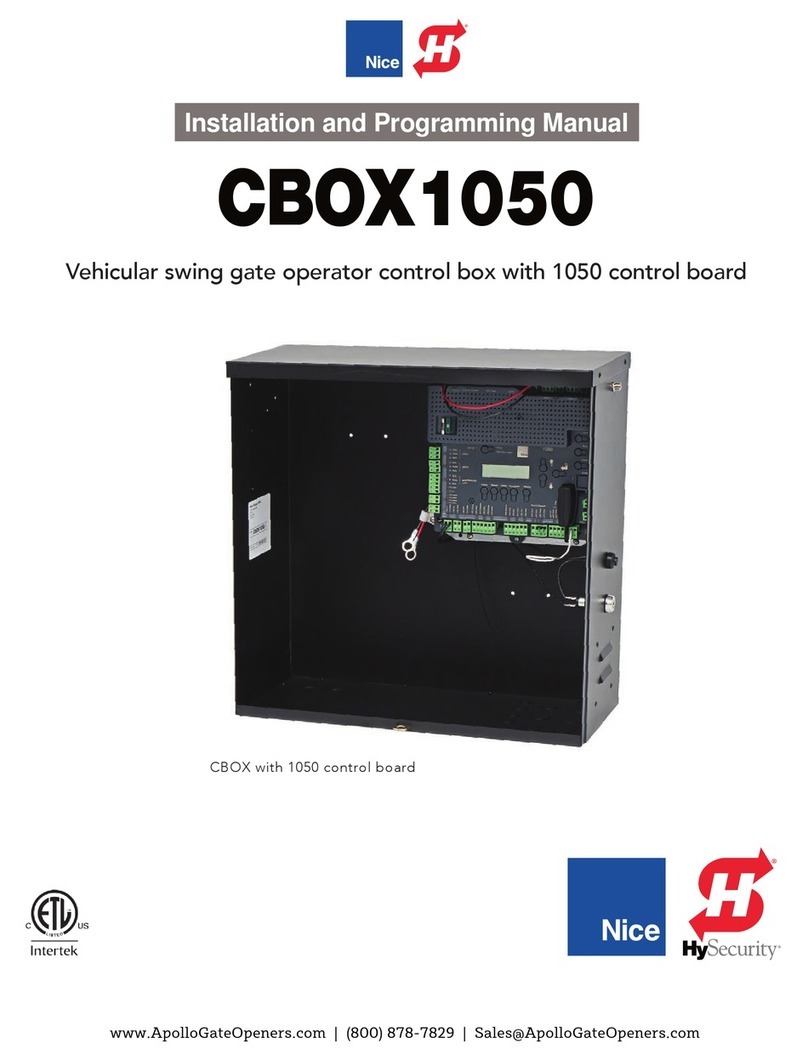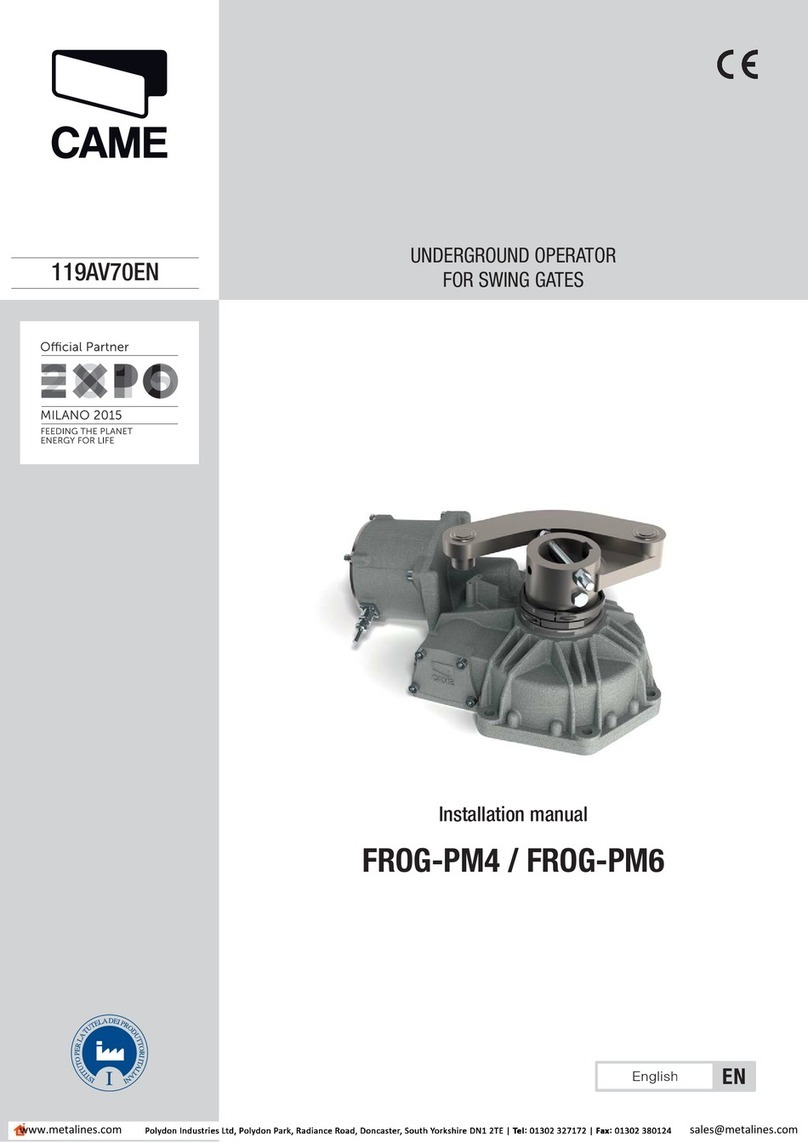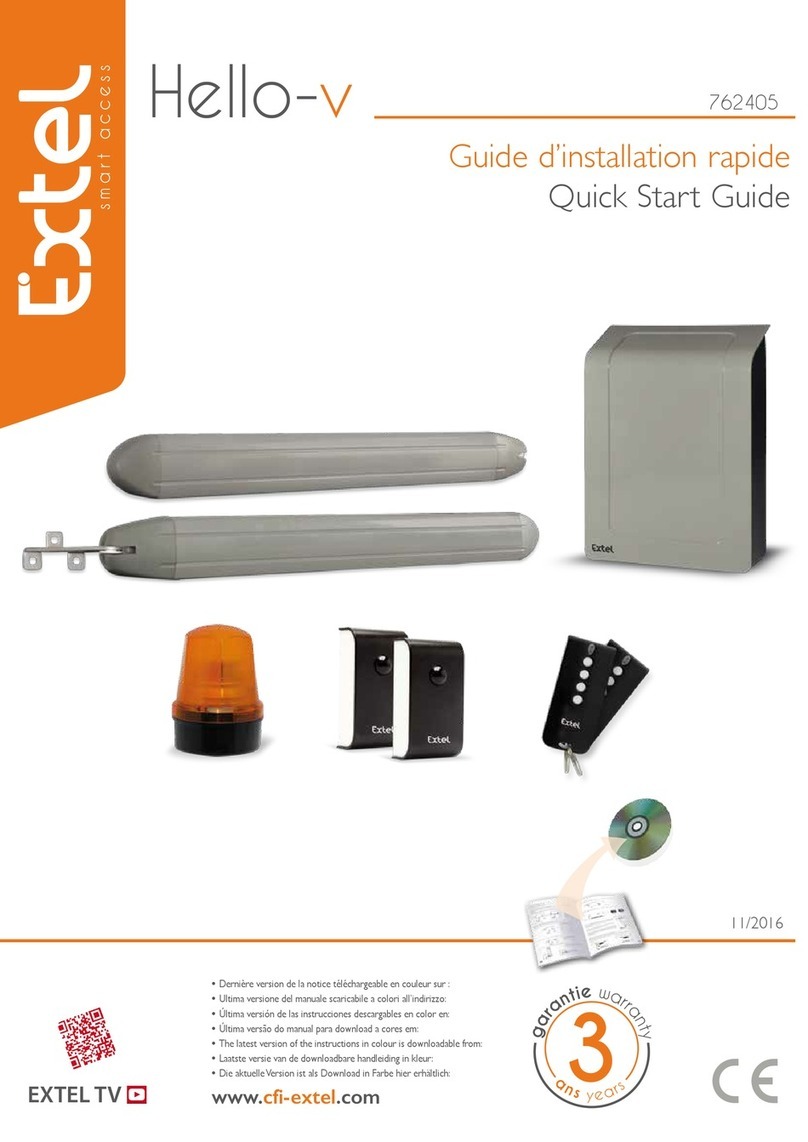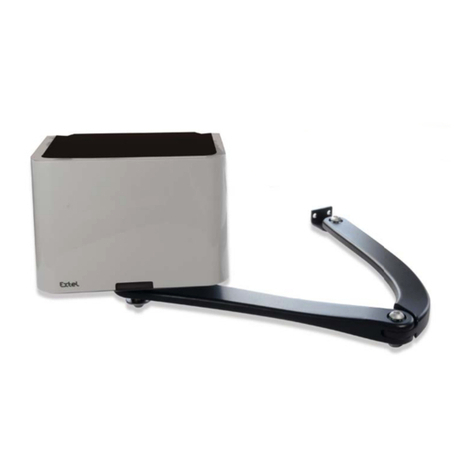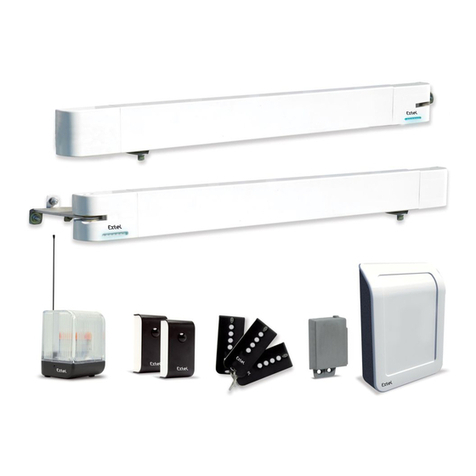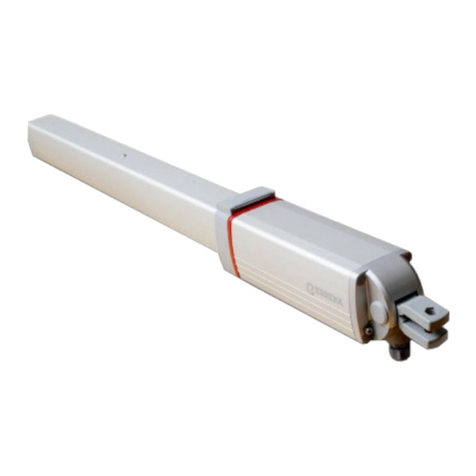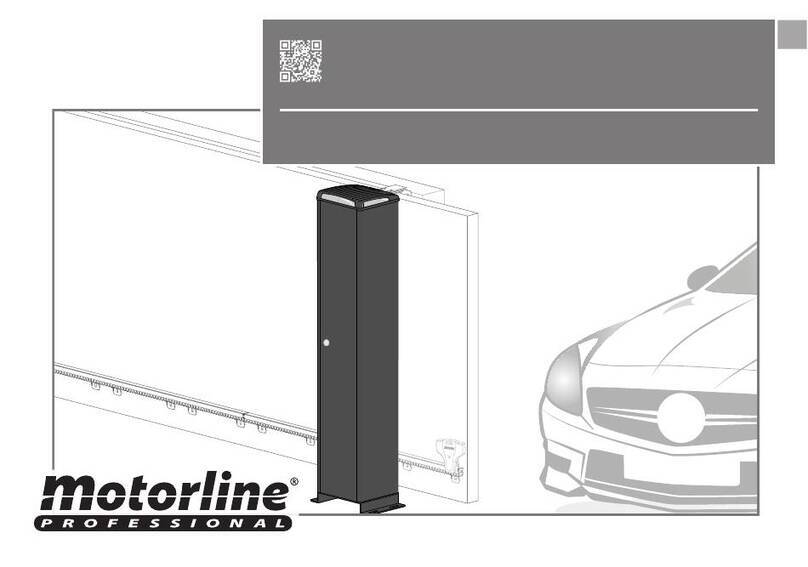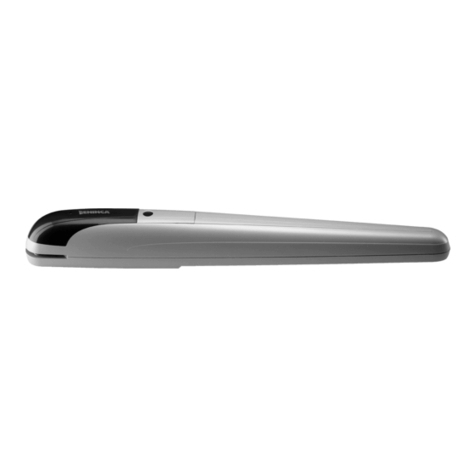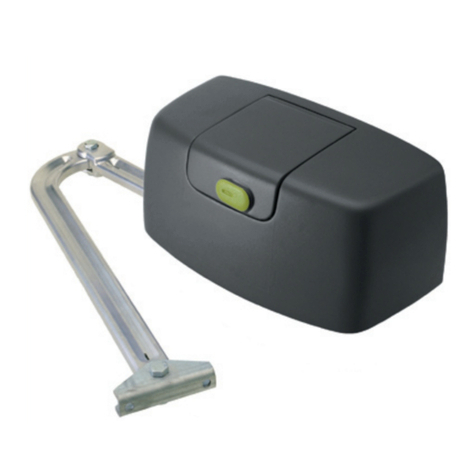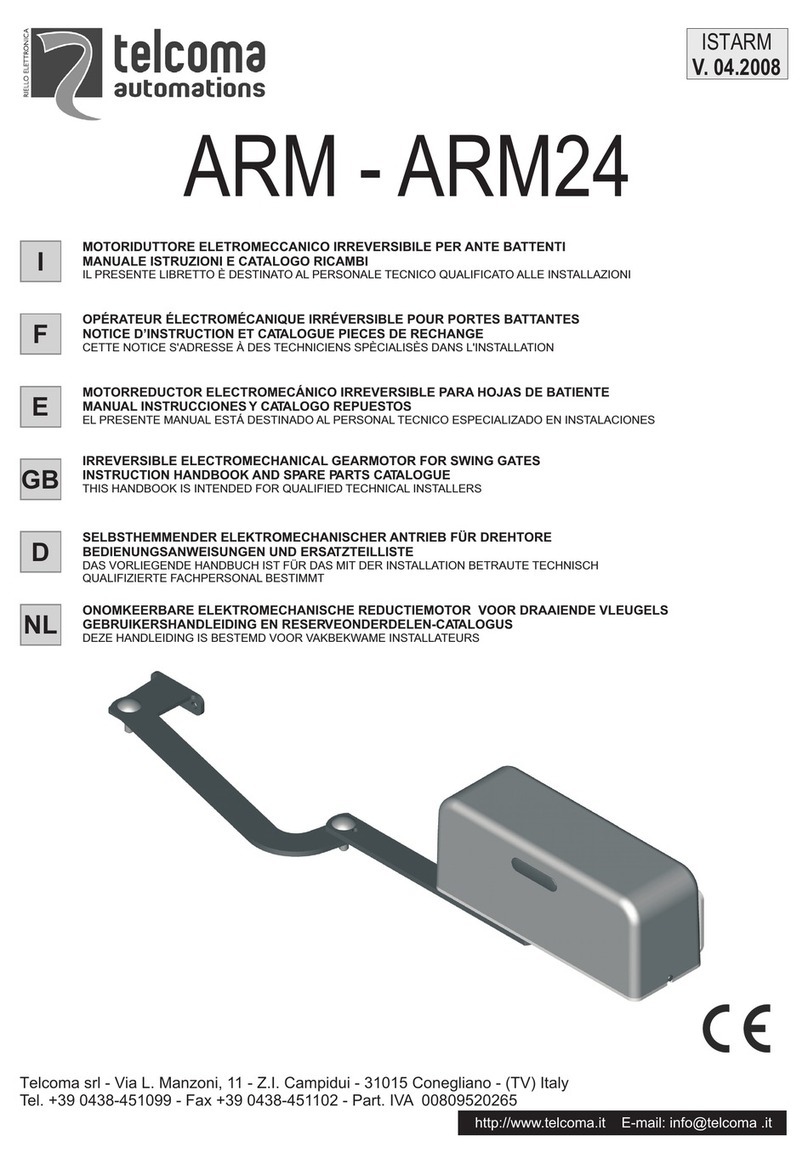
FR - Ne jetez pas les piles et les appareils
hors d’usage avec les ordures ménagères.
Les substances dangereuses qu’ils sont
susceptibles de contenir peuvent nuire
à la santé et à l’environnement. Faites
reprendre ces appareils par votre distribu-
teur ou utilisez les moyens de collecte sélective mise à
votre disposition par votre commune.
I - Non gettare le pile e le apparecchiature fuori uso
insieme ai rifi uti domestici. Le sostanze dannose conte-
nute in esse possono nuocere alla salute dell’ambiente.
Restituire questo materiale al distributore o utilizzare la
raccolta differenziata organizzata dal comune.
E- No tire las pilas ni los aparatos inservibles con los
residuos domésticos, ya que las sustancias peligrosas
que puedan contener pueden perjudicar la salud y al
medio ambiente.Pídale a su distribuidor que los recu-
pere o utilice los medios de recogida selectiva puestos
a su disposición por el ayuntamiento.
P- Não junte as pilhas nem os aparelhos que já não se
usam com o lixo caseiro.As substâncias perigosas que
ambos podem conter podem ser prejudiciais para a
saúde e para o ambiente. Entregue esses aparelhos ao
seu lixeiro ou recorra aos meios de recolha selectiva
ao seu dispor.
GB - Don’t throw batteries or out of order products
with the household waste (garbage). The dangerous
substances that they are likely to include may harm
health or the environment. Make your retailer take back
these products or use the selective collect of garbage
proposed by your city.
D-Verbrauchte Batterien und nicht mehr benützte
Geräte sind Sondermüll. Sie enthalten möglicherweise
gesundheits- und umweltschädliche Substanzen.
Geben Sie alte Geräte zur fachgerechten Entsorgung
beim Gerätehändler ab bzw. benutzen Sie die örtlichen
Recyclinghöfe.
NL - De lege batterijen en oude apparaten niet met
het huisvuil meegeven: deze kunnen gevaarlijke stoffen
bevatten die de gezondheid en het milieu schaden.
De oude apparaten door uw distributeur laten innemen
of de gescheiden vuilinzameling van uw gemeente
gebruiken.
Conforme RED, utilisable dans la C.E.E. - Conforme RED, utilizzabile nei paesi C.E.E. Conforme RED, usado en de la CEE - Conforme RED, utilizável na C.E.E.
Compliant with RED, usable in the EEC. - Conform product RED, te gebruiken in de EEG. Entspricht der RED, in der EWG verwendbar.
Notice intégrale sur le CD fourni ou à télécharger sur :
Istruzioni integrale sul CD fornito o a trasferire su:
Instrucciones íntegro sobre el CD proporcionado o a cargar a distancia sobre:
Manual integral sobre o CD fornecido ou fazer o download sobre:
Integral manual on provided CD or to download on:
Volledige korte kleurenhandleiding op geleverd CD of om te downloaden op:
Integrale Gebrauchsanweisung auf CD geliefertem oder zu laden auf :
www.cfi-extel.com
0 892 350 069 Service 0,35 € / min
+ prix appel
France
Italia : +39 02 96488273 assistenza@cfi -extel.com
España : +34 902 109 819
sat-hotline@cfi -extel.com
Printed in P.R.C.
Découvrez nos produits sur : www.cfi -extel.com, & .
GB
Check that your gate is in generally good condition (slide rails and supports allow
movement with the automatic control elements attached).
This movement should be done easily when operated manually.
Fig. 1: Electrical installation preparation (instructions p.10)
Fig. 2: Positioning of the rack on the basic structure of the gate (instructions p.10)
Fig. 3: Positioning of the concrete base (instructions p.11)
Fig. 4: Fix the support on the concrete base (instructions p.11)
Fig. 5: Fix the motor block on the support
Fig. 6: Place the stops (instructions p.12)
Fig. 7: Electrical connection (instructions p.14-15)
Fig. 8: Connection to the electrical network (instructions p.13 &10)
Fig. 9: Automatic practice runtime (instructions p.16)
• P1/Set during 3s
Fig. 10: Practice run using the remote controls (instructions p.17)
• P2/Radio during 2s •press the remote control • LD2 fl ashes.
Fig. 11: Adjustments to optimise the operation of your automatic controls
(instructions p.17)
FOR: Force
PAU: Set pause time during automatic closure mode
OBS: Reaction time on the obstacle (e.g. for windy areas)
OVL: Obstacle detection. Sensitivity
NL Controleer de algemene goede staat van uw hek (geleiders, steunen die de te schroe-
ven en bewegende elementen van de automatische deuropening kunnen dragen). Het hek
moet eenvoudig met de hand bewogen kunnen worden
Fig. 1: Voorbereidende werkzaamheden voor de elektrische installatie
(handleiding blz. 10)
Fig. 2: Plaatsing van de tandheugels op het basisframe van het hek
(handleiding blz. 10)
Fig. 3: Plaatsing van de betonnen grondplaat (handleiding blz. 11)
Fig. 4 :Bevestig de steun op de betonnen grondplaat (handleiding blz. 11)
Fig. 5 :Bevestig het motorblok op de steun
Fig. 6 :Breng de aanslagen aan (handleiding blz. 12)
Fig. 7: Elektrische aansluiting (handleiding blz.14-15)
Fig. 8: Aansluiting op het elektrische netwerk (handleiding blz.13 en 10)
Fig. 9: Auto-learn proces van de slagtijden (handleiding blz.16)
• P1/Set gedurende 3s
Fig. 10: Auto-learn proces van de afstandsbedieningen (handleiding blz. 17)
• P2/Radio gedurende 2 s •druk op de afstandsbediening • LD2 knippert.
Fig. 11: Afstellingen voor een optimale werking van de automatische deuropening
(handleiding blz. 17)
FOR: Kracht
PAU: Pauzetijd tijdens de stand automatische sluiting
OBS: Reactietijd bij obstakels (bij winderige zone bijvoorbeeld)
OVL: Detectie van obstakels. Gevoeligheid
D
Überprüfen Sie den allgemeinen guten Zustand Ihres Tors (Schienen, die Baueteile, die
die Elemente der angeschraubten und sich bewegenden automatisierten Betriebseinheit
aufnehmen können)
Es muss leicht beweglich sein, wenn es von Hand betätigt wird.
Fig. 1: Vorbereitung der elektrischen Installation (Broschüre S. 10)
Fig. 2: Positionierung der Zahnstangen auf der Grundstruktur desTors
(Broschüre S. 10)
Fig. 3: Positionierung des Betonsockels (Broschüre S. 11)
Fig. 4 :Befestigen Sie die Halterung auf dem Betonsockel (Broschüre S. 11)
Fig. 5 :Befestigen Sie den Motorblock auf der Halterung
Fig. 6 :Platzieren Sie die Anschläge (Broschüre S. 12)
Fig. 7: Elektrischer Anschluss (Broschüre S. 14-15)
Fig. 8: Anschluss an das Stromnetz (Broschüre S. 13 und 10)
Fig. 9: Eigenstudium der Bewegungszeiten (Broschüre S.16)
• P1/Set 3s
Fig. 10: Erlernen der Funktionsweise der Fernbedienungen (Broschüre S.17)
• P2/Radio 2 s •lang auf der Fernbedienung drücken • LD2 blinkt auf.
Fig. 11: Einstellungen zur Funktionsoptimisierung Ihrer automatisierten
Betriebseinheit (Broschüre S. 17)
FOR : Kraft
PAU : Pausenzeitfenster bei dem automatischen Schließmodus
OBS : Reaktionszeit bei Hindernis (beispielsweise in Wind ausgesetzten Gebieten)
OVL : Hindernisdetektion. Sensibilität
